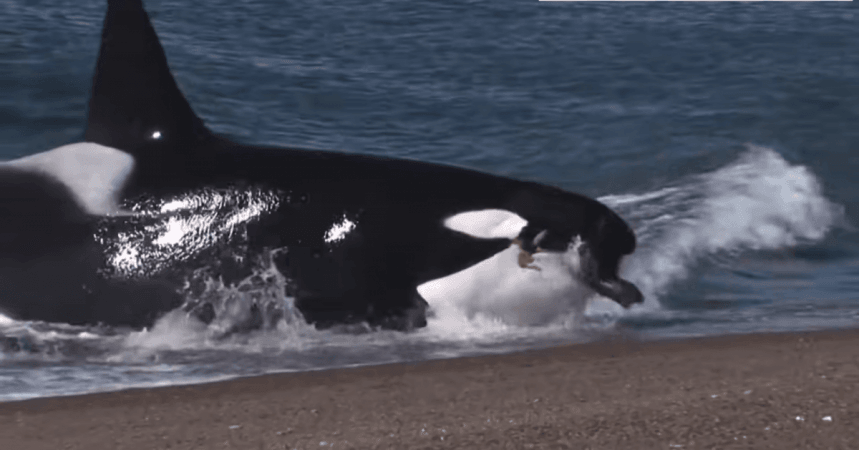Recent research discovered a new type of killer whale that hunts huge marine animals. It also disclosed that the killer whale family lineage has more branches than previously assumed.
Josh McInnes, a marine animal researcher at the University of British Columbia, conducted the study. These are called outer coast killer whales, and they are thought to represent a subgroup of transient orcas known as Bigg's killer whales.

Research
Researchers examined over 100,000 pictures of killer whales captured off the west coast of the United States, evaluating where each animal was spotted and with whom it was observed. They found 150 new members for the group.
According to the photographic data, there is virtually little blending between the outer coast killer whales and the considerably more familiar coastal transient killer whales.
Some killer whales in the database were discovered in even more distant areas, prompting experts to speculate that they may represent a separate group.
McInnes says the earliest reports of such sea animal predators date back to 1997. Scientists discovered a killer whale chasing a sperm whale pod 130 kilometres off the Californian coast. Oceanic whales presumably fulfil a similar niche, although the catalogue did not include those specific individuals. "We can't even connect them to the outer coast yet. But we have no idea," McInnes admits.
The new outer coast transients target grey whale calves, elephant seals, and oceanic dolphins, whereas their relatives target smaller animals like harbour seals and porpoises.
Offshore coast and nearshore transient killer whales appear to have separate languages. To be audible above the low roar of offshore winds, McInnes thinks that certain outer coast killer whale cries are relatively high pitched than those of their more famous coast-hugging relatives.

The fate of killer whales
Scientific investigations have identified several unique killer whale groups globally, each with its distinct form some of which may be different species or subspecies.
A carved picture of a killer whale was discovered in northern Norway and is thought to be over 9,000 years old, making it the oldest known representation of a cetacean.
The Marine Mammal Protection Act protects all killer whale populations, and the species is designated as endangered under the Endangered Species Act.
Killer whales were formerly hunted and fished. As a result, commercial hunting and killing to preserve fisheries were formerly dangers to killer whales. Additionally, although the United States no longer captures killer whales for aquariums or marine parks, the practice continues internationally.
Since 1961, at least 166 wild orcas have been captured. In 1970, about 80 Southern Resident orcas from Washington State were captured in Penn Cove. Seven were caught, while five perished.
Killer whales have also been taken in Russia in recent years for distribution to China's growing number of marine parks. In 2019, approximately 100 belugas and killer whales were imprisoned in cages after being captured for sale to marine parks. While the creatures were finally freed after a long battle by lawmakers and activists, the finding of the whale jail revealed the continued illicit trade in orcas in ungoverned areas.
Russia revised its endangered species list for the first time in 20 years. The legal change was intended to make trafficking killer whales more challenging. No killer whales were taken in 2020, however, there are intentions to capture a few in 2021 for scientific studies. It is unknown if any unlawful catches occurred.





!['Lip lock, pressure, pyaar': Vidya Balan- Pratik Gandhi shine in non-judgmental infidelity romcom Do Aur Do Pyaar [ Review]](https://data1.ibtimes.co.in/en/full/797104/lip-lock-pressure-pyaar-vidya-balan-pratik-gandhi-shine-non-judgmental-infidelity-romcom.jpg?w=220&h=138)







